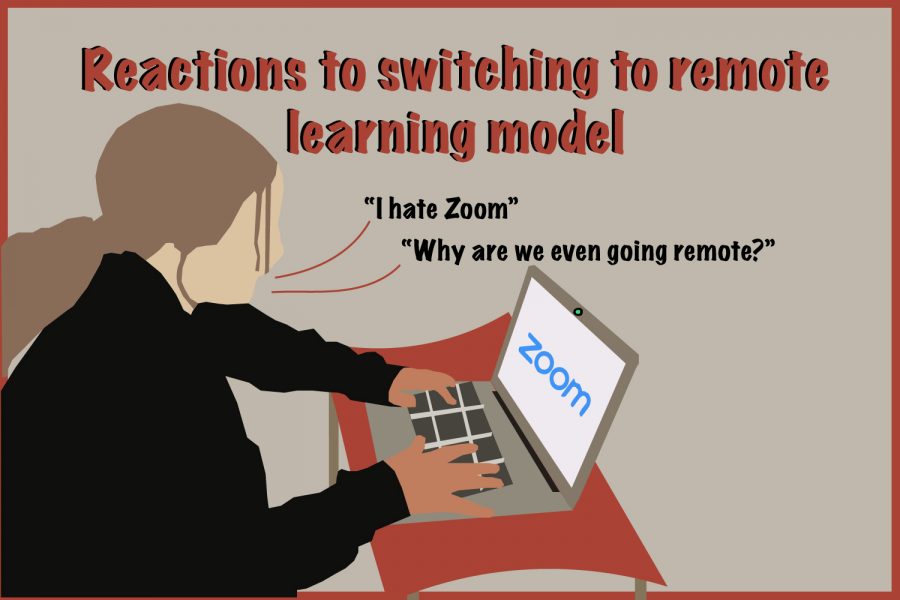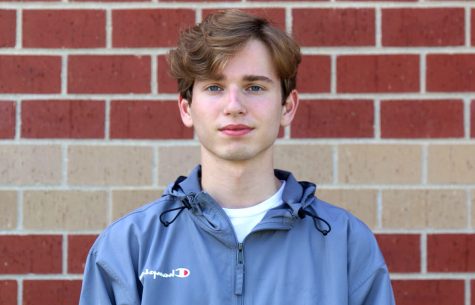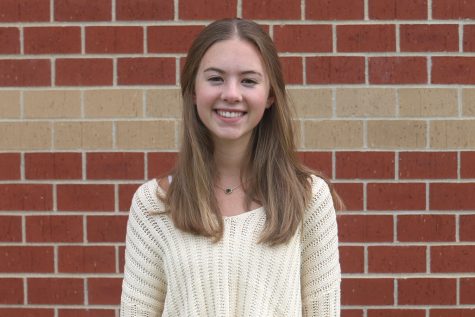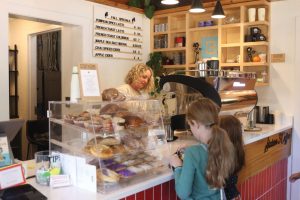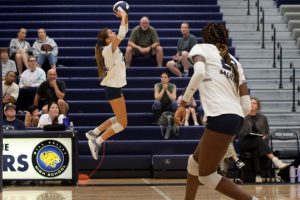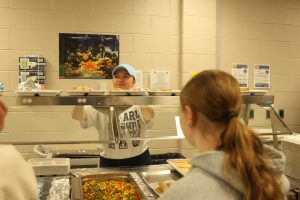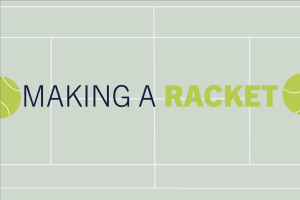Faculty and students express their concerns about going remote
Following a 4-3 school board vote, middle and high schools will switch from a hybrid to remote learning model which has elicited mixed emotions among students and staff
By Steven Curto
The school board’s decision to switch from the hybrid learning model to a fully remote model was met with mixed emotions among students and faculty.
November 24, 2020
Due to a lack of substitute teachers and rising COVID-19 cases in Johnson County, the district held a board meeting on Monday, Nov. 16 where they voted 4-3 to approve to move the district to the orange zone under their gating criteria. The board’s decision means that middle and high school students are switching from a hybrid learning instruction model to a remote-only model effective on Nov. 30.
With the uncertainty brought on by the ensuing COVID-19 pandemic, faculty and students have had to be flexible this year with the school administration and district. Although students and faculty have had to adapt to changes, these changes are not always easy.
With restaurants and other places still open in Johnson County, mathematics teacher Angela Weigel believes the district should have continued in the hybrid learning model.
“I feel that if restaurants, gyms and other places that students frequent are going to stay open then we should still be meeting in person,” Weigel said.
Although she feels the board’s decision is the safest option, senior Alaina Traiger thinks the danger of rising COVID-19 cases and move to remote learning should have included shutting down sports.
“They always say school comes first, so why is it not coming first this time?” Traiger questioned.
Regardless of dissenting views, the decision stands and teachers now face a slew of decisions for how to approach the new learning model. Having expected the switch to fully remote learning due to staff shortages, science teacher Neil McLeod identifies two significant challenges posed by the learning model.
“First, it will be difficult to judge what the right amount of work is for students to do,” McLeod said. “Some students will work through the material quickly, some will be slower, and some will procrastinate like crazy.”
With some teachers narrowing assignments down to the most essential and others piling it on to stay on schedule, there is no consensus on what the ideal balance is. The second challenge McLeod identifies is tracking students’ day-to-day progress, which was a struggle even under the hybrid learning model.
“As a teacher, I rely on talking and hearing from students to figure out what they’re struggling with and how I need to change to be most helpful,” McLeod said. “Without that in-person interaction, it will be harder to get that response.”
This concern is shared by Weigel who, along with many other teachers, has witnessed the difficulty students have maintaining focus during Zoom meetings.
“From my experience with Zoom, students are there on the screen but they are not present in the learning,” Weigel said.
In fact, freshman Hayden Alberston points out that merely staying awake during Zoom classes has been a struggle for many.
For discussion-based courses, this lack of student engagement could be detrimental. AP Language and Composition teacher Kristen Huang has urged her students to speak up but acknowledges that they “are afraid of talking over each other” and that Zoom can often feel “awkward.”
“My biggest hope is that my students don’t clam up… and that they participate in the discussions,” Huang said. “I’ve been trying to extract promises out of them these last days that I see them in person… [Discussion] is the basis of this class so if that doesn’t happen, it’s gonna be a long 85 minutes.”
One of the largest points raised at the district board meeting regarding remote learning was the increased number of Ds and Fs this semester. When comparing 2019 statistics to the 2020 option remote model, students with F’s increased from 7.37% to 22.8% and D’s from 12.47% to 27.59%. Junior Ella Tow is worried that having no direct access to school resources will exacerbate student underperformance.
“A lot of kids are going to struggle this year because they don’t have access to the stuff they need or teachers to actually learn what they need or want to learn,” Tow said.
McLeod believes it is “a very real possibility” that some students’ effort will decline in the remote learning model, but he has a plan for keeping his students engaged.
“I am combating this by being very organized and having it be very clear to students what they’re expected to complete and by when,” McLeod said. “It is also important that this work is not seen as trivial or ridiculously difficult.”
Tow feels that teachers can also offer support by providing plenty of opportunities to meet one on one, especially for those who are struggling the most – this time will be available through the allotted 30-minute remote seminars.
Weigel’s approach centers around motivating students with encouragement, but she also stresses “the importance of their learning and that it is [students’] responsibility to gain the knowledge.”
“Students are really going to have to take charge of their learning,” Weigel said. “We are not going to give them a grade for doing nothing.”
Huang believes flexibility will help teachers meet each student’s individual needs, thus it will be a joint effort between the students and faculty to make the transition from hybrid to remote learning not only bearable but also worthwhile.
“I think we’ll just have to be flexible and, and play around with different stuff until we find something that fits for everyone,” Huang said. “Maybe different things will fit for different people, and I’ll just have to try to accommodate that.”


